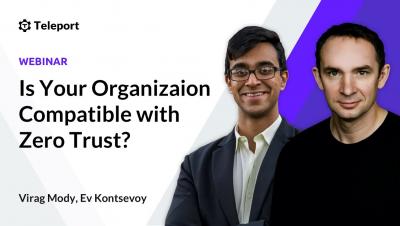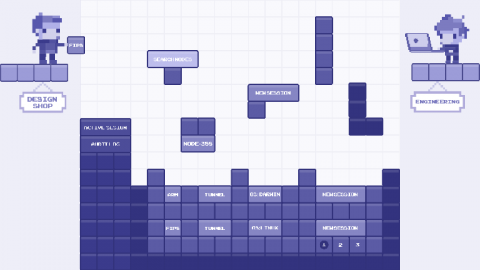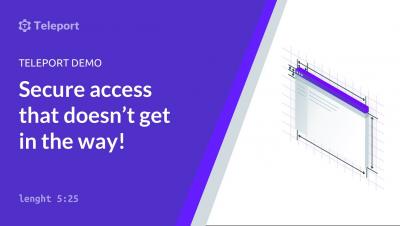Security | Threat Detection | Cyberattacks | DevSecOps | Compliance
Cloud
Bridging the Gap Between Designers and Developers
Designing software is tough. Whether you’re a designer, a product manager, or an engineer, we all play a major role in what the end user gets their hands on. Perhaps one of the most critical pieces on the journey to making great software is the relationship between designers and developers. When software is done right, it’s easy, intuitive, and a joy to use. This is no accident - it’s very intentional and it often takes countless iterations to get products to look and feel great.
Top 5 Cybersecurity Risks with Cloud Migration
The demand for cloud computing has skyrocketed in recent years. Lower costs, a faster time to market, increased employee productivity, scalability, and flexibility are some of the beneficial factors motivating organizations to move to the cloud. It’s not likely that organizations will slow down with their migration plans, either.
Gravitational Teleport 4.3 | Webinar & Demo | Privileged Access Management | Cybersecurity
Teleport Demo Video - Modern SSH
We recently launched Teleport 4.3 and received an overwhelming response from newer members of the community. They have requested that we go back and explain from the start what Teleport is and why it is better than using the built-in SSH machinery that comes with every Linux or BSD distribution. Teleport is an open source Linux server that allows you to easily implement SSH best practices. We have covered SSH best practices using OpenSSH on our blog before.
Security as a Service explained
Security as a Service (often abbreviated as SECaaS) is a means by which organizations ensure the highest levels of threat detection and response in the most cost-efficient manner by utilizing managed security service providers (MSSPs).
Smart Cache: Where Infrastructure Meets Content Intelligence at the Edge
Businesses have long relied on Egnyte’s hybrid technology for low-latency access to large files in bandwidth-constrained environments, and to ensure business continuity during internet outages. By syncing cloud content to a local storage device, hybrid architecture enables caching close to the user, which offers major benefits for customers who need cloud-scale connectivity with on-prem performance.
6 Cloud Security Threats Healthcare Companies May Face - With Solutions
For healthcare organizations that handle a lot of patient data, including very sensitive information, cloud computing is a revolution to data storage. Cloud computing in healthcare lowers data storage costs (compared to the old paper-storage era), enables easy retrieval of patient data and also improves the privacy of patient information. This has inevitably led to a rise in the adoption of cloud computing in healthcare.
5 Risks You Need to Remember When Securing Your Containers
Containers are on the rise. As reported by GlobalNewswire, Allied Market Research estimated that the application market would grow from its 2016 value of $698 million to $8.20 by 2025. With a compound annual growth rate of 31.8% between 2018 and 2025, this increase would largely reflect both the surge in popularity in application container technology along with a growing number of organizations’ migration to the cloud.








